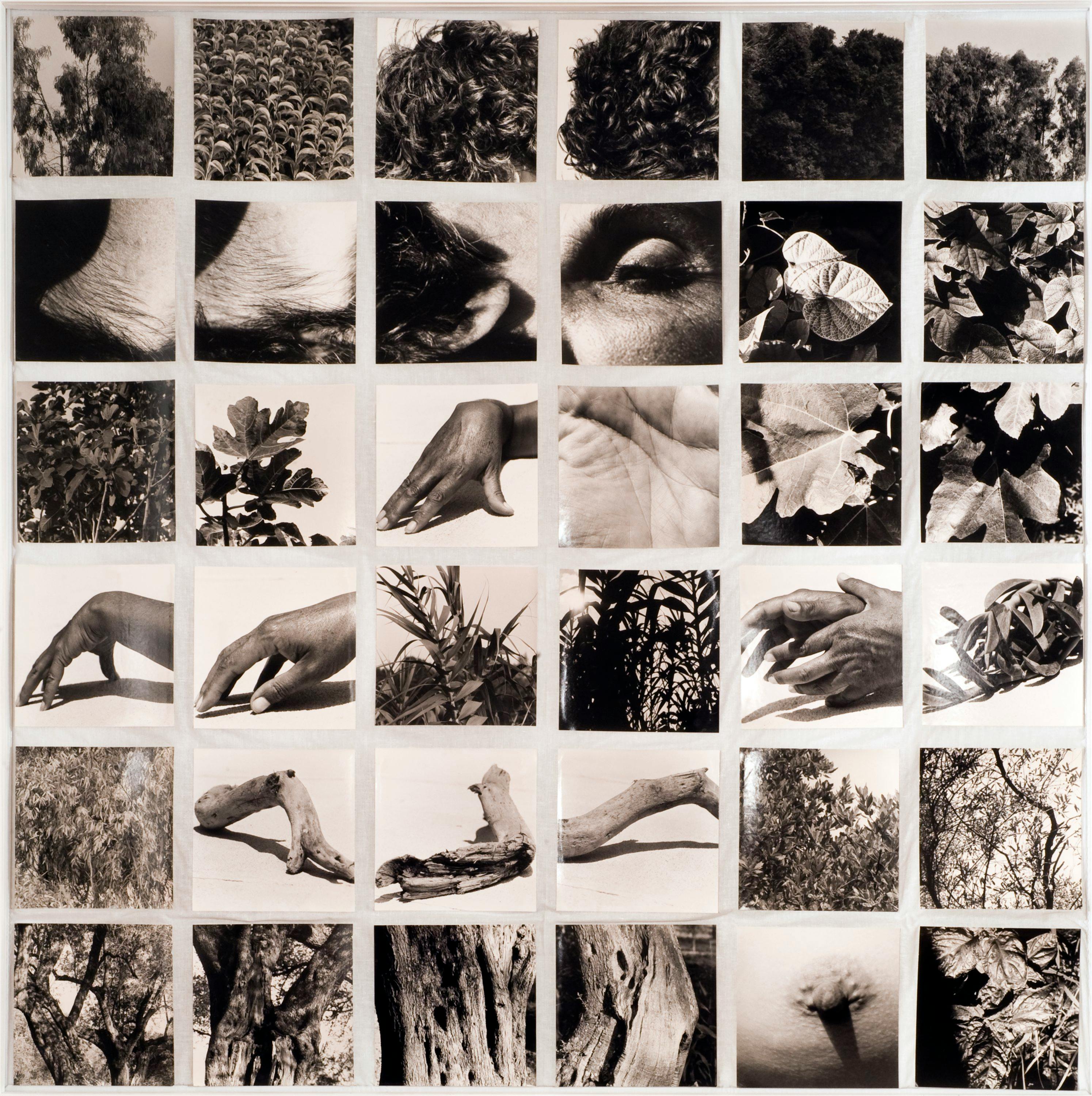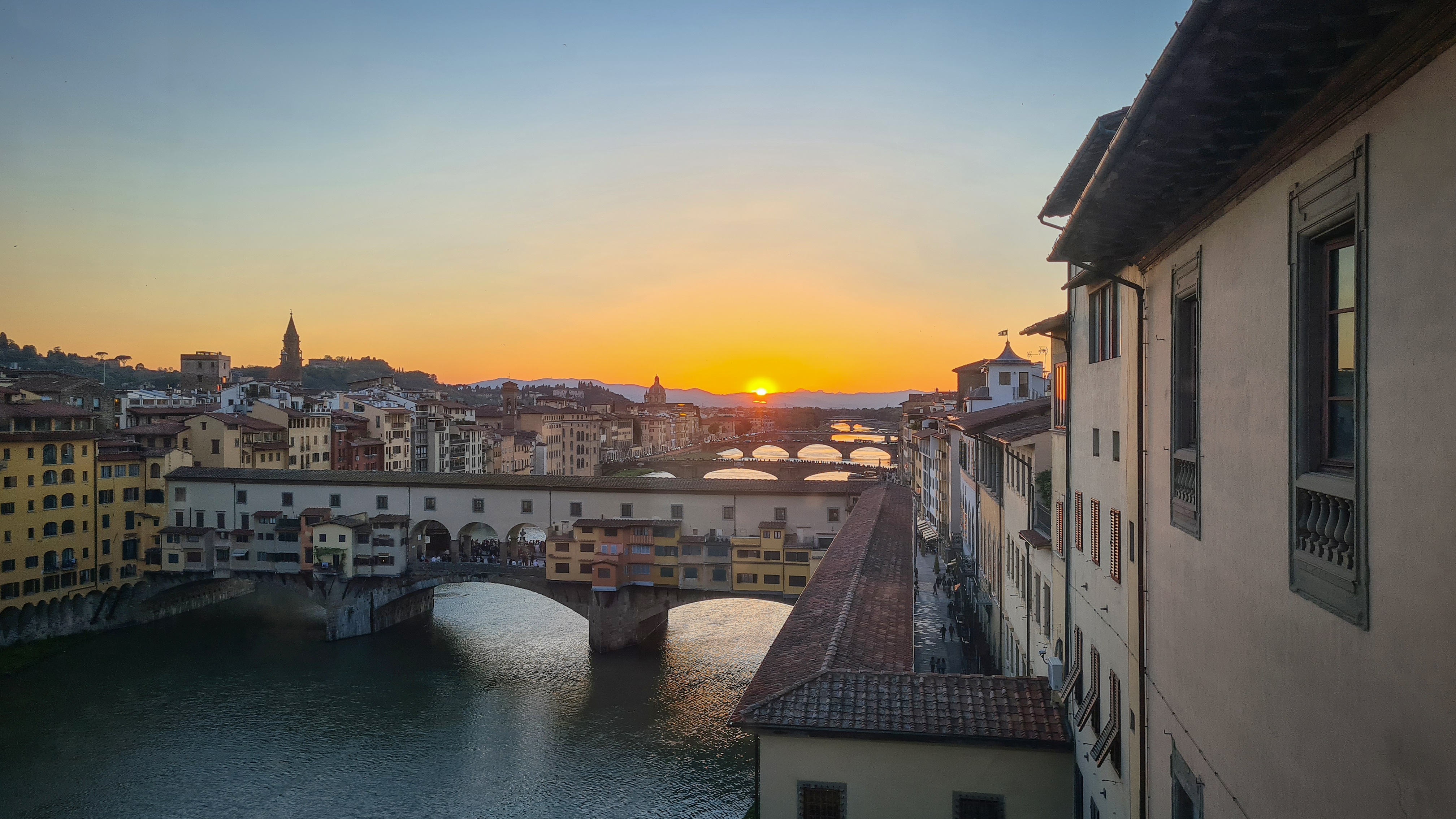Daphne
Elisa Montessori (Genoa 1931)
“According to the myth, Daphne runs to escape from Apollo's violent ardour and turns into a laurel plant. Yesterday as today, I recognise in my body the signs of that run in fear. Hair grass, arms branches, eyes leaves. The metamorphosis as defence and mute salvation”.
Fifty-five years after the creation, Elisa Montessori comments with these intense words the self-portrait that in 1977 marked her first interest in the figure of Daphne. Differently from the canonical representation of the myth - from Bernini to Luciano Fabro - Montessori finds in the nymph a sensitive correspondence with her feminine world that completely excludes the figure of Apollo, thus transferring the metamorphosis into herself: “The vegetal form is already intrinsic in the physical form, because I always act by homologation”, she further explained.
Her self-portrait is composed of 36 black-and-white photos, thus emphasising a timeless dimension. The details of the body are delicately impressed on soft cotton gauze, like butterflies, subtending a rediscovered harmony with the natural world that is able to provide the woman with new balance and inspiration. The artist's body, which is shown but with poetic balance, as well as her intimate sensing, unfold in front of us in a modern metamorphosis where the woman is free to choose her destiny, finally liberating herself from the antagonistic dualism with her male counterpart.
The artist, born in Genoa in 1931, completed her training in the lively cultural context of post-war Rome, but immersed in an entirely personal dimension of technical experimentation. She came to know the oriental culture thanks to her husband, the Italo-Chinese engineer Mario Tchou. An encounter that irreversibly marked her career, directing her interest towards a calligraphic rendering of the image, elegant and rare, which does not renounce the expressiveness of colour.
Gift by the artist, 2010

